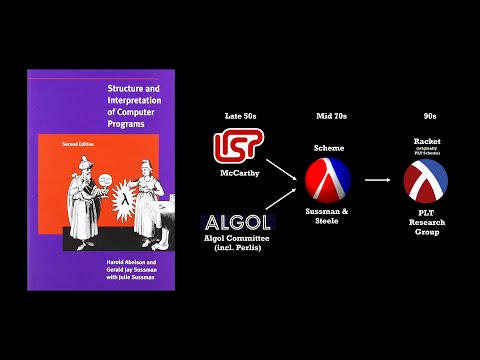Description:
Dive into a comprehensive 13-hour video series covering the foundational concepts of computer programming based on the renowned "Structure and Interpretation of Computer Programs" textbook. Explore topics ranging from basic programming constructs to advanced concepts like data abstraction, modularity, state, environments, and interpreters. Progress through five main chapters, each broken down into detailed subsections, covering elements such as procedural abstraction, higher-order procedures, symbolic data, multiple representations, streams, metacircular evaluators, and the architecture of register machines. Gain a deep understanding of computer science principles and programming paradigms through this extensive and systematic exploration of the field.

Structure and Interpretation of Computer Programs
Add to list
#Programming
#Programming Languages
#Lisp
#Computer Science
#Object-oriented programming
#Functional Programming
#Higher-Order Functions
#Data Abstraction
#Algorithms
#Recursion